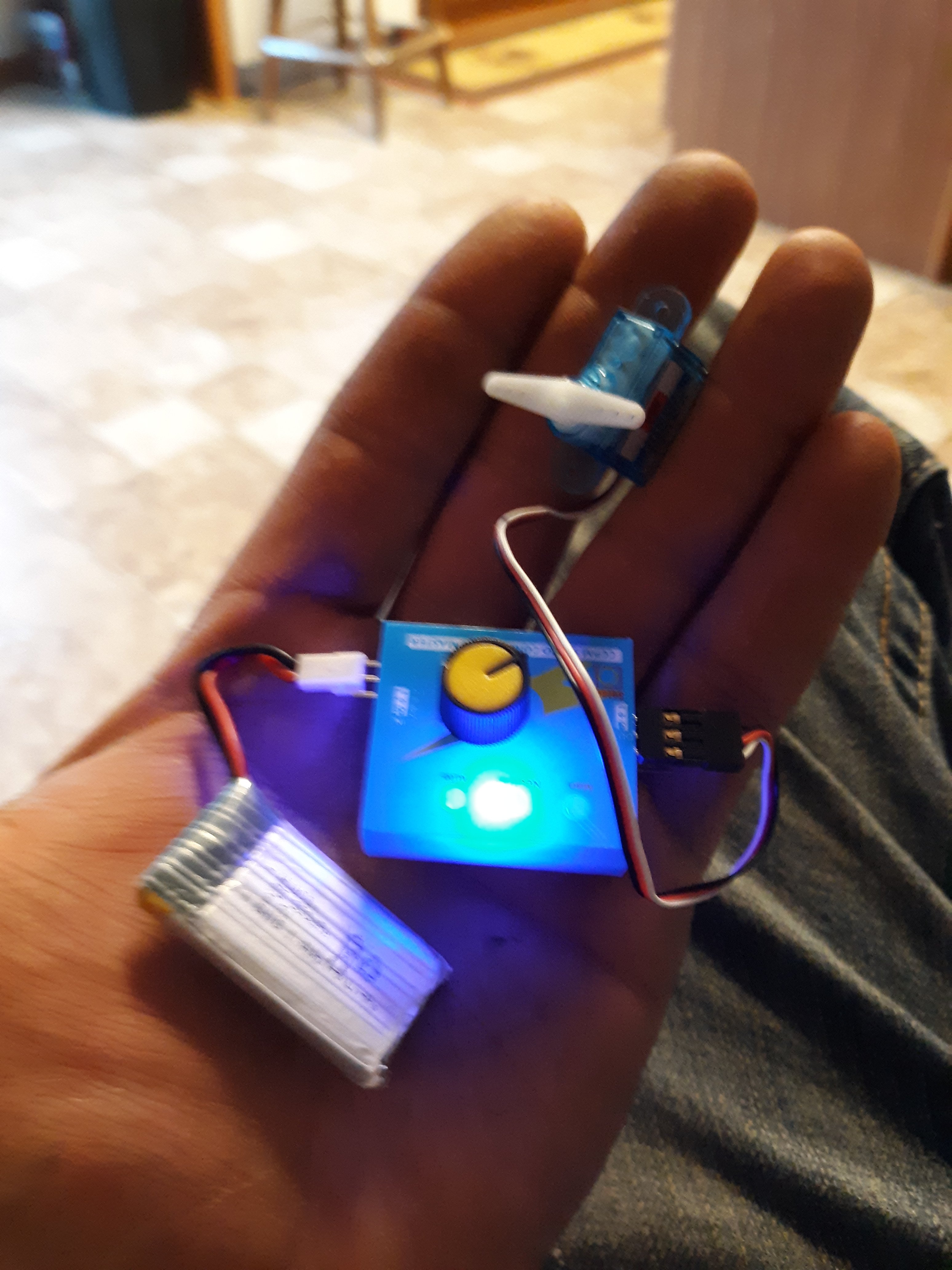@dkunruh05
New member
Hi guys I got the foam board kit for the ft simple scout today so I’m excited to put it together! First foam board plane for me also #1 rc plane at all! So I’m watching the video and the guys says that the servo centering too is pretty much necessary. And.. I don’t have one. Is there a way I can do it without one now or do I need to order one and wait. Thanks

